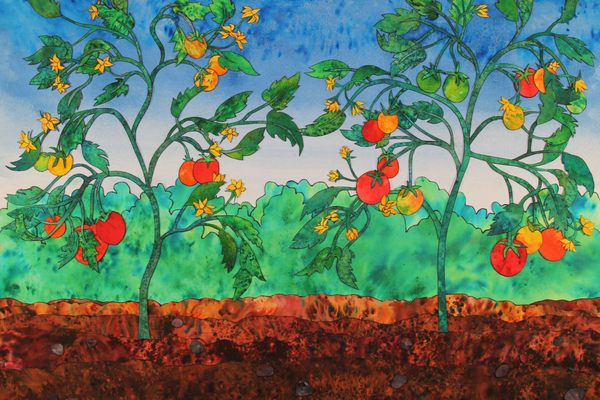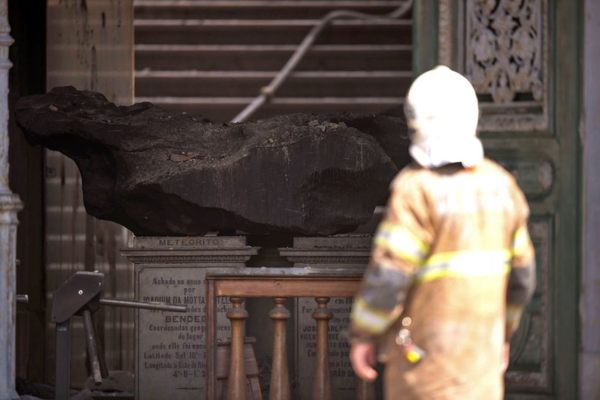California’s Gold Nugget Museum Has Been Lost to the Camp Fire
The Paradise institution honored the town’s mining days.

In the wake of California’s Camp Fire, the deadliest wildfire in the state’s history, the entire town of Paradise succumbed to the flames. Paradise, a forested community that boasted a population of nearly 30,000, historically attracted loggers and prospectors searching for new frontiers and opportunity. The Gold Nugget Museum summarized Paradise’s rich history in a quaint cottage filled with precious metals, scenic replicas, and a blacksmith shop—the very things on which the town built its humble, yet enduring reputation.
The Gold Nugget Museum, located in the foothills of the Sierra Nevada mountains, was a community-funded and volunteer-run repository of Gold Rush and local mining history. The Camp Fire originated in Northern California’s Butte County at sunrise on November 8, the same day Southern California’s Woolsey Fire began. Within those first 24 hours, the fast-acting flames rendered Paradise unrecognizable. Video footage showing the burnt remains of the Gold Nugget Museum appeared on the museum’s Facebook page the very next day.

Against the backdrop of the mineral-rich Sierra Nevadas, the Gold Nugget Museum offered daily free admission and reenactments of gold miners’ lives. The opportunity for full immersion into 19th-century California, shiny with precious soil, was a high point: the museum held a small mine exhibit that visitors could walk through to simulate the experience of feeling one’s way through darkness to golden glory. Now darkness has manifested differently in the town; the Camp Fire has reportedly charred 140,000 acres and claimed at least 10,321 structures in Paradise. Even more tragically, the death toll has risen to 63 in the past week—and counting.
On the first day of the fatal fire, Scott McLean, spokesman for the California Department of Forestry and Fire Protection, told reporters in Butte County: “Pretty much the community of Paradise is destroyed. It’s that kind of devastation. The wind that was predicted came and just wiped it out.” Extreme fire danger is an annual threat to the Golden State, due to the ferocity of the Santa Ana winds and California’s troubling lack of rain. The dryness of low brush, coupled with hot air traveling quickly down the state’s mountain ranges, essentially makes the land in places like Paradise kindling.

The town’s beloved Gold Nugget Museum stood as a beacon of small-town pride. In 1859, a 54-pound gold nugget was discovered in Butte County. The museum served as a tribute to the significance of Paradise during the Gold Rush, and displayed many of the tools and supplies used to dig up the coveted treasures. With respect to the indigenous Maidu community that originally inhabited Paradise, the Gold Nugget Museum installed several native artifacts into permanent exhibits. These have now been lost.
With the fires in both halves of California still ongoing, though largely contained, rebuilding efforts have not yet been organized. However, several opportunities to donate and help victims of the Camp Fire have been publicized, some of which can be found here.






















Follow us on Twitter to get the latest on the world's hidden wonders.
Like us on Facebook to get the latest on the world's hidden wonders.
Follow us on Twitter Like us on Facebook